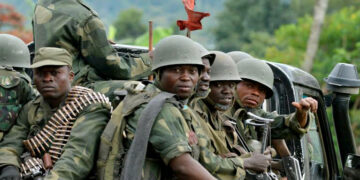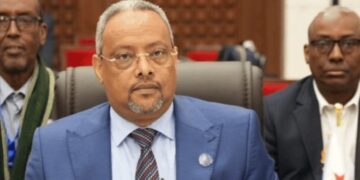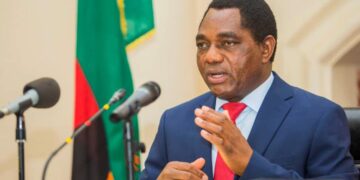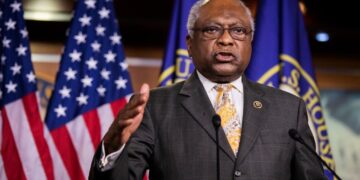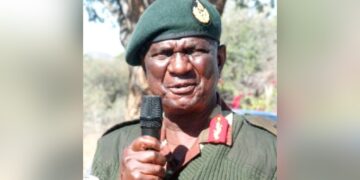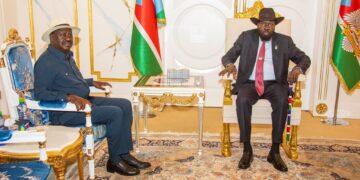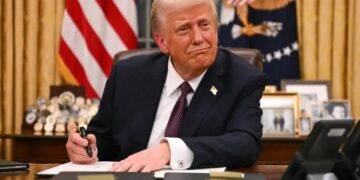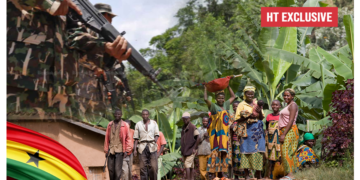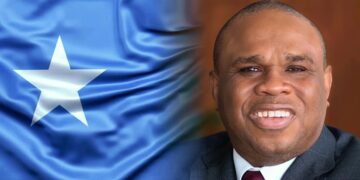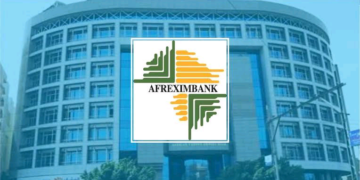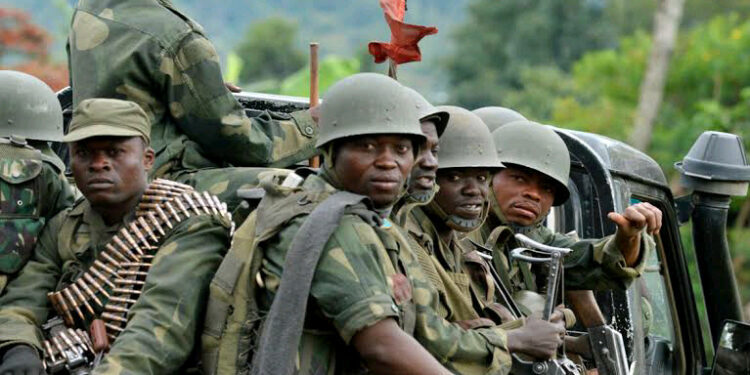By Enyichukwu Enemanna
There was a fierce battle between Armed Forces of the DRC (FARDC) army and rebels of the March 23 Movement (M23) in the northeastern Democratic Republic of the Congo (DRC) on Sunday.
This is even as the FARDC claims army “woke up under fire from the M23 enemy and its allies” in the Ishangi area, located in the Rutshuru territory of the North Kivu province.
This is the position of FARDC Spokesperson, Colonel Ndjike Kaiko based in Goma.
However, one of the leaders of the M23, Bertrand Bisimwa, on his Twitter account said that the FARDC attacked the M23 position with the idea of sabotaging the recommendations of the UN Security Council.
Bisimwa said the UN Security Council had called for the resumption of the Nairobi dialogue, an ongoing negotiation bringing together the Congolese authorities and several armed groups to find a peaceful solution.
In a press conference held on Sunday in Brazzaville, capital of the Republic of the Congo, DRC President Felix Tshisekedi for the first time openly accused the Rwandan government of supporting M23 rebels in their recent offensives on Congolese soil.
Over months, intense fighting has resumed between the DRC armed forces and M23 rebels in North Kivu, a province in northeastern DRC bordering Rwanda.
Kinshasa accused Kigali of supporting the rebel movement. Rwanda has repeatedly denied any involvement.
The M23 is a group of former rebels of the National Congress for the Defense of the People (CNDP).
The name came from the March 23, 2009, agreement between the CNDP and the Congolese government.
M23, who claims the DRC Government had violated the 2009 peace deal, briefly seized Goma, capital of the North Kivu province, in 2012 before being pushed back by the army the following year. Since late 2021, M23 has resumed fighting with the army in the region.
